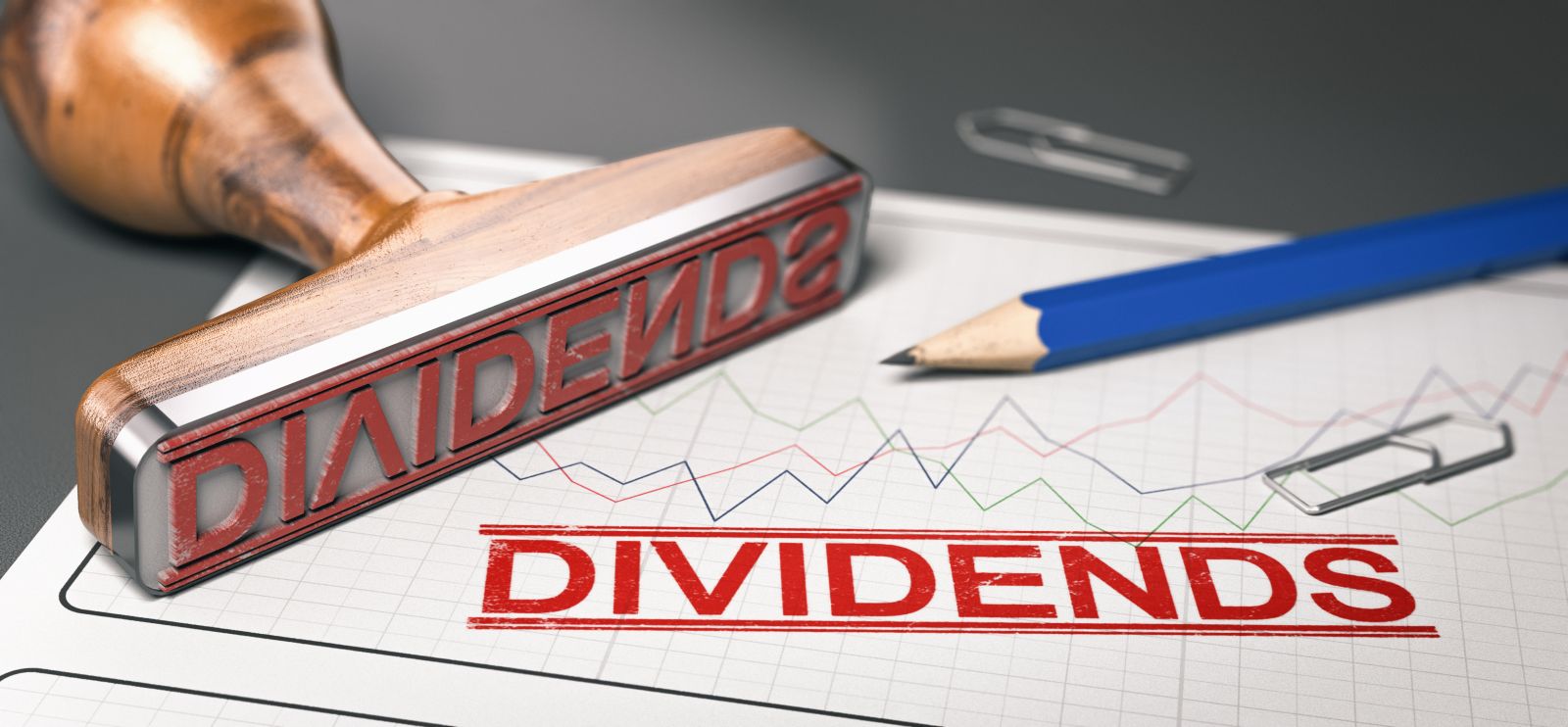
JPMorgan Chase (JPM) bank announced on June 30 that it would raise its quarterly dividend to $1.05, up 5% from $1.00. JPM stock closed Friday, June 30, at $145.44, putting its dividend yield at 2.89%.
Combined with its 1.79% buyback yield, that brings the stock's total yield (dividend yield + buyback yield) to shareholders and investors to 4.68%. Last quarter JPMorgan restarted its share buybacks and spent $1.9 billion on a net issuance basis.
JPMorgan's buyback yield is calculated by annualizing the $1.9 billion net share repurchases (i.e., $7.6 billion/yr.) and dividing this number by the stock's $425 billion market capitalization. Therefore, $7.6b / $425b is equal to 1.79%.
The company's dividend hike was a direct result of passing the government's annual capital stress tests known as the Comprehensive Capital Analysis and Review (“CCAR”).
Jamie Dimon, Chairman and CEO of JPMorgan Chase said: “The Federal Reserve’s 2023 stress test results show that banks are resilient – even while withstanding severe shocks – and continue to serve as a pillar of strength to the financial system and broader economy."
What This Means for JPM Stock Holders
Given its attractive dividend yield and share buybacks, JPM stock still looks attractive to investors. Moreover, analysts are still projecting $14.46 in earnings per share (EPS) this year. That gives JPM stock a reasonable price-to-earnings (P/E) multiple of 10x.
In fact, this is well below the stock's 5-year forward P/E multiple of 11.9x, according to Morningstar. If the stock were to revert to its mean multiple, it could rise 19% (i.e. 11.9x/10x-1). That gives it a price target of $173 per share.
However, the Fed is not done raising interest rates. That could give the stock another shock, as well as hurt earnings. In fact, analysts are forecasting lower EPS for 2024 - $13.93, a dip of 3.67% year-over-year.
That could hurt the stock going forward. Nevertheless, one interesting way to play this is to short out-of-the-money (OTM) covered calls and OTM put options.
Shorting JPM OTM Calls and Puts
For example, the July 28 expiration period shows that the $152.50 strike price calls trade for 75 cents. That works out to a covered call yield of 0.516% for the month (i.e., $0.75/$145.44). Moreover, on an annualized basis, assuming this trade is repeated each month for a year, the potential return is 6.19%. That is on top of the stock's 2.89% dividend yield, giving investors a potential 9.08% total return.

On a practical basis, this means that an investor who secures purchases 100 shares of JPM stock at $152.50 for $15,250, can enter an order to “Sell to Open” 1 call option at $152.50 for expiration on July 28. The brokerage account will immediately receive $75.00 (ie., $0.75 x 100). If the investor can repeat this each month for a year, they can potentially earn $900. That is why the annualized covered call return is 6.19% (i.e. $900/$15,250).
Keep in mind that if JPM stock rises to $152.50 or higher on or before July 28, the 100 shares that an investor owns will be sold at that price. This provides a 4.85% capital gain on top of the covered call yield of 0.516%, i.e., 5.366%.
One way around having to sell your shares is to short out-of-the-money (OTM) puts to create extra income. For example, for the same July 28 expiration period, the $139 strike price puts trade for $1.21. That provides a much higher yield of 0.87% (i.e., $1.21/$139), for a strike price with a similar width away from the spot price, i.e. 4.43% below today's price.

This means that an investor who secures $13,900 in cash and/or margin with their brokerage firm can enter an order to “Sell to Open” 1 put contract at $139.00 for expiration on July 28. The account will immediately receive $121, giving the account an immediate yield of 0.87% (i.e., $121/$13,900).
Note that this means that the options chain is heavily skewed to the put side, indicating that investors expect the stock to fall. As a result, it might actually make sense to short a lower strike price such as the $136 strike price which is 6.49% below today's spot price. This premium is 75 cents, just like the call options at $152.50, which is 4.85% over today's spot price.
But in this case, the short put yield is actually higher than the covered yield of 0.516%, even though the premiums are the same. For example, 75 cents earned shorting the $136 strike price equals 0.55% (i.e., $0.55/$136).
It also is safer in the sense that even if JPM stock falls to this strike price, the investor does not have to sell any shares. The secured cash is used to buy the stock at the $139 or $136 strike price. This allows the investor to lower average buy-in costs.
The bottom line is that as the stock is considered cheap, investors can make extra income by shorting out-of-the-money calls and puts.
On the date of publication, Mark R. Hake, CFA did not have (either directly or indirectly) positions in any of the securities mentioned in this article. All information and data in this article is solely for informational purposes. For more information please view the Barchart Disclosure Policy here.






